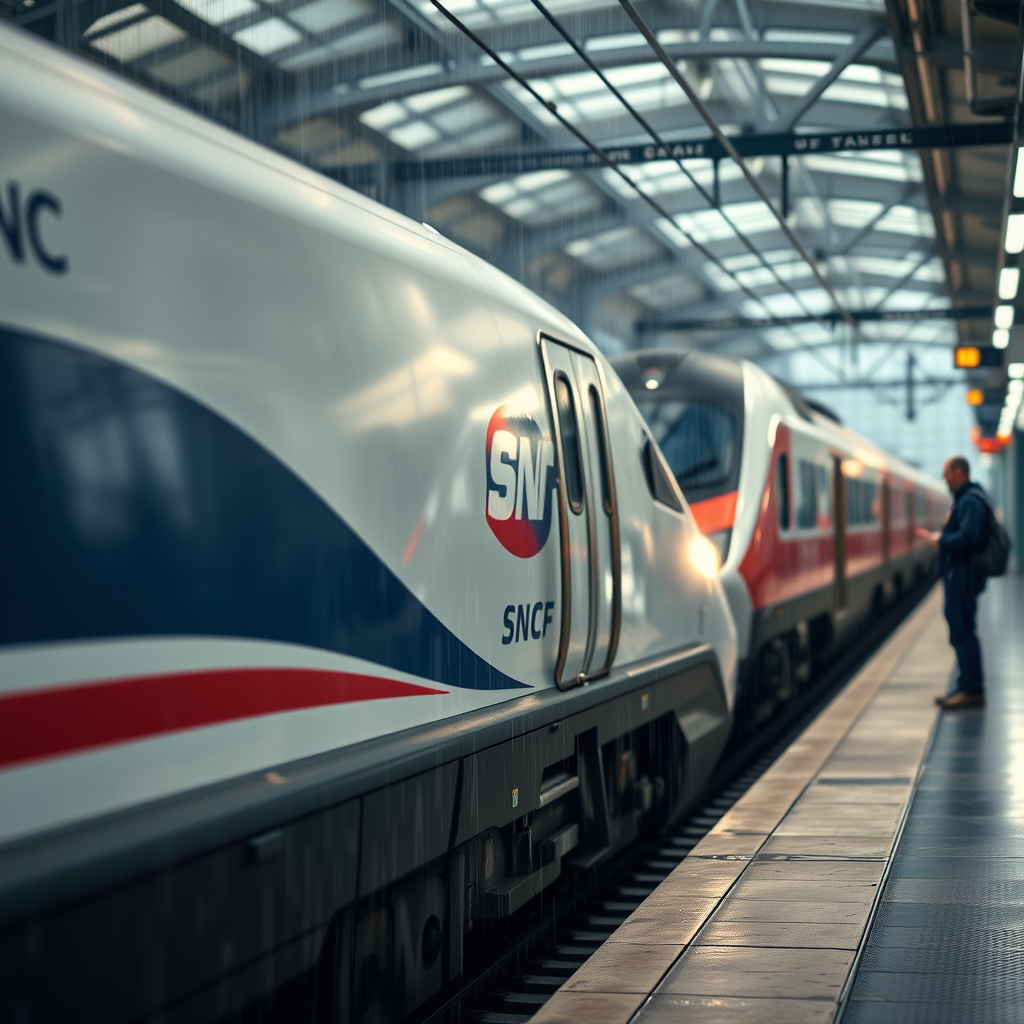San Francisco Orders 175 Light Rail Cars from Siemens

San Francisco’s Municipal Transportation Agency (SFMTA) has awarded Siemens a contract to deliver an initial 175 light rail cars for its Muni transit system at a value of USD 648 million. With an option for an additional 85 cars, this is one of the biggest orders for light rail cars ever placed in the USA. With this contract, Siemens secures its position as the U.S. market leader in this segment. Every third streetcar or light rail car operating in the USA today comes from Siemens. The trains will be built at the Siemens plant in Sacramento, California, and the first cars are set to be delivered at the end of 2016.
“This order marks a milestone for Siemens in the history of our U.S. business. With our rail vehicles made in the USA, we’re already the leading provider and have delivered more than 1,300 streetcars and light rail cars in 17 cities across North America to date,” said Jochen Eickholt, global head of Siemens Rail Systems.
San Francisco is considered to be one of the most environmentally friendly cities in the USA. The city is notable for its extensive public transportation network operated by the San Francisco Municipal Railway (Muni). Muni operates a wide variety of transport modes ranging from the city’s famed cable cars and historic streetcars, to light rail trains and electric as well as hybrid buses.
The iconic California city is gearing up for a comprehensive modernization of its urban transport fleet and plans to provide energy-saving, modern light rail trains to transport the city’s more than 700,000 daily weekday passengers. Siemens will deliver a newly-developed light rail car based on its Model S200 for the San Francisco order. The car is especially energy-efficient thanks to a light-weight drive system that recuperates braking energy, and an LED lighting system that uses up to 40 percent less electricity than standard neon lighting.
The light rail cars will be built according to the Buy America rules at the Siemens plant in Sacramento. Around 80 percent of the electricity used by the plant for manufacturing is generated by a two-megawatt photovoltaic installation on the building’s roof. The solar units reduce the facility’s carbon dioxide (CO2) emissions by around 1,470 tons a year.





